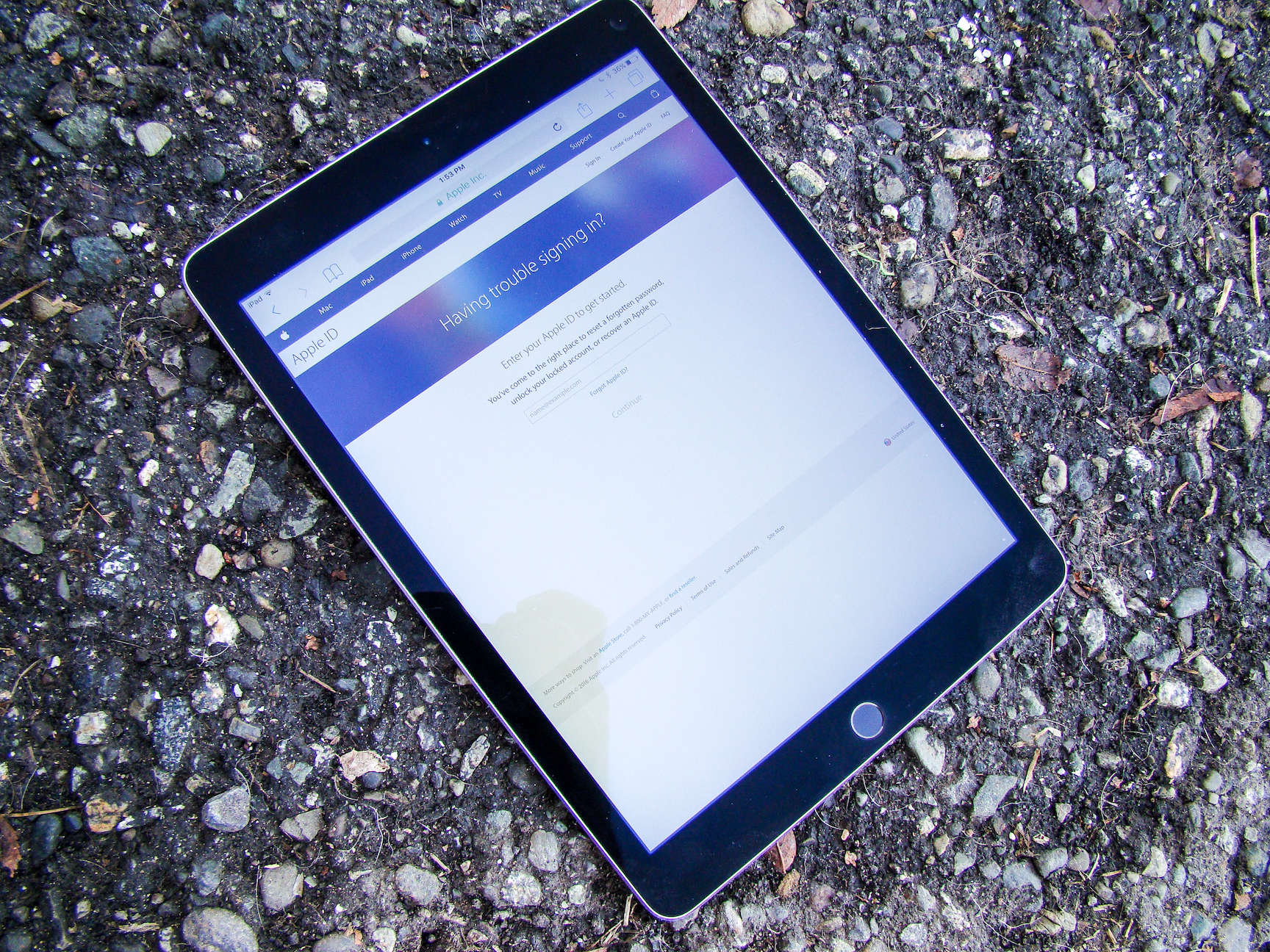
In the Email Address box, enter the email address for your Microsoft account. If you want to add your Microsoft account to the Outlook desktop app for Office 2010 or earlier, follow these steps:Įnter your name in the Your Name box.

If you don't want to reenter an app password each time you use the Outlook desktop app, select the Remember password check box, and then click OK. In the dialog box shown by the Outlook desktop app, enter the app password in the Password box. Visit your Security basics page online to get an app password.
#Apple password generator verification
The password isn’t quite dead yet, but it’s getting there.If you already sync your email with the Outlook desktop app for Office 2010 or earlier, follow these steps:ĭouble-click the Microsoft account you turned on two-step verification for.
#Apple password generator android
And there are some unanswered questions, such as whether cloud backups from iOS to Android will be compatible. Transitioning people from using passwords to a new sign-in method requires them to trust and understand the new system apps and websites also need to support passkeys. It claims passkeys will help reduce phishing attacks-people can’t be tricked into sharing their passkeys-and that passkeys are less of a target for hackers as their details aren’t stored on servers.ĭespite the enthusiasm for passkeys, passwords are going to be around for a long time yet. “To really address password problems, we need to move beyond passwords,” Google says in its own description of passkeys. They’re never guessable, reused, or weak,” Apple says in its documentation of passkeys. Jen Easterly, the director of the US Cybersecurity and Infrastructure Security Agency, welcomed the adoption of passwordless technologies in May this year. There’s wide support for abandoning passwords-the FIDO Alliance involves pretty much every big technology company, and they’re all working on eliminating the password. Every year, the most popular passwords people use-according to analysis of data breaches-are topped by “123456789” and “password.” Using weak and repeated passwords is one of the most significant risks to your online life. No system is infallible, but the passwords people currently use are one of the biggest security problems with the web. “This means the server can be sure that you have the right private key, without knowing what the private key actually is,” Davidson said. This answer is then validated by the public key, which then allows you to log in. The private key, which is stored on your device, is able to answer this challenge and send its response back. When you try to sign in to one of your accounts using a passkey, the website or app’s server sends your device a “challenge,” essentially asking your device to prove that it’s you logging in. “The server never learns what your private key is, and your devices keep it safe,” Davidson said.

One of these keys is public and stored on Apple’s servers, while the other key is a secret key and stays on your device at all times. “These keys are generated by your devices, securely and uniquely, for every account,” Garrett Davidson, an engineer on Apple’s authentication experience team, said in a video about passkeys. When you create a passkey, a pair of related digital keys are created by your system. As a result, a passkey isn’t something that can (easily) be typed.

The passkeys themselves use public key cryptography to protect your accounts. Under the hood, Apple’s passkeys are based on the Web Authentication API (WebAuthn), which was developed by the FIDO Alliance and World Wide Web Consortium (WC3).


 0 kommentar(er)
0 kommentar(er)
